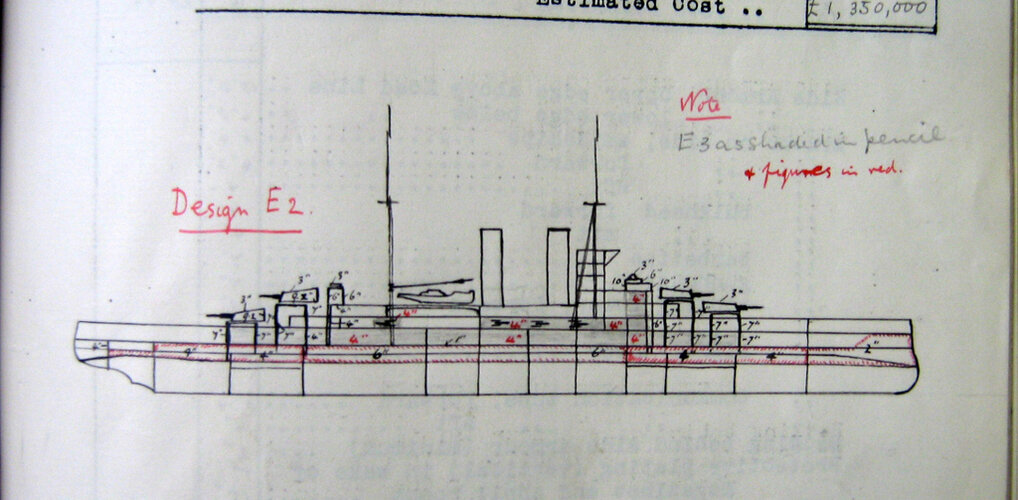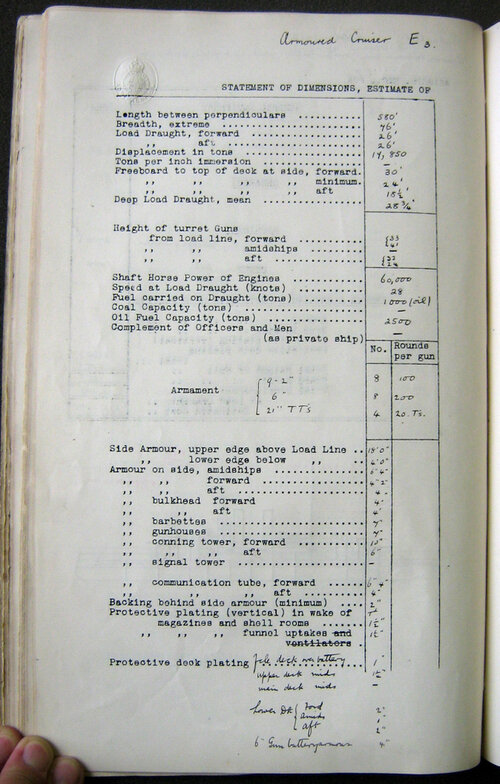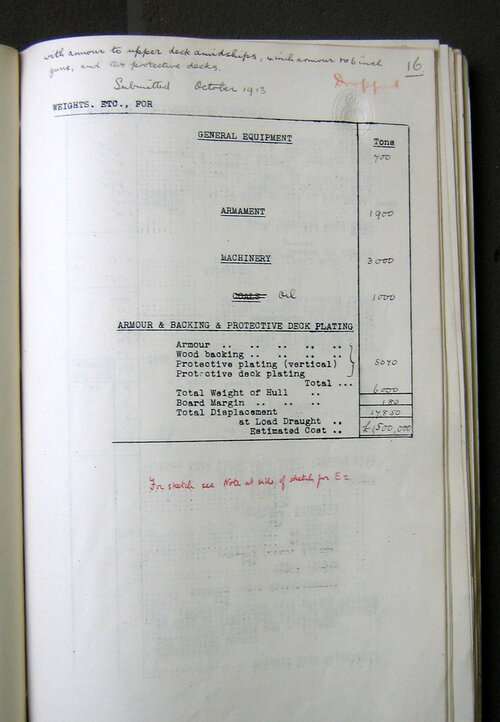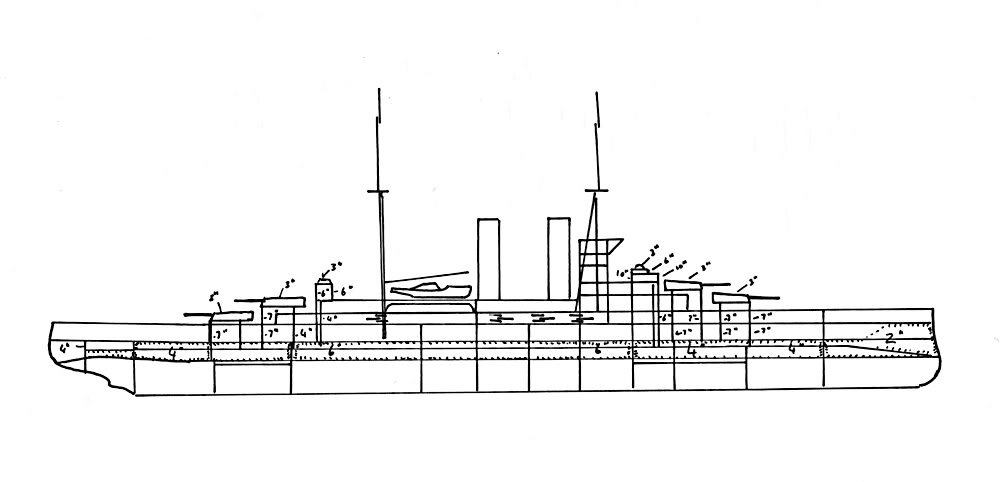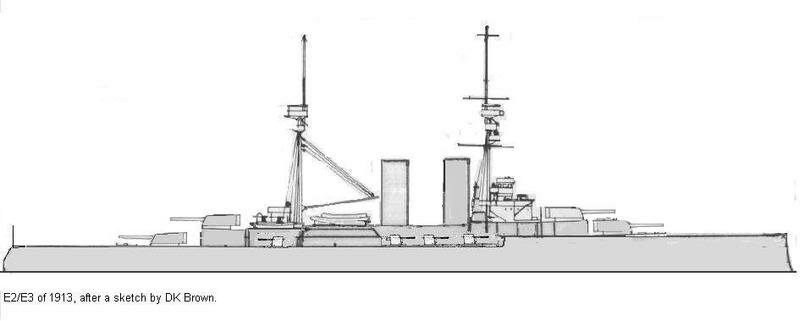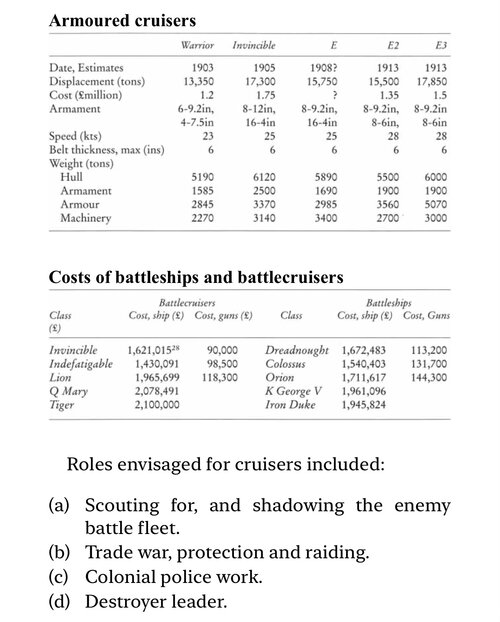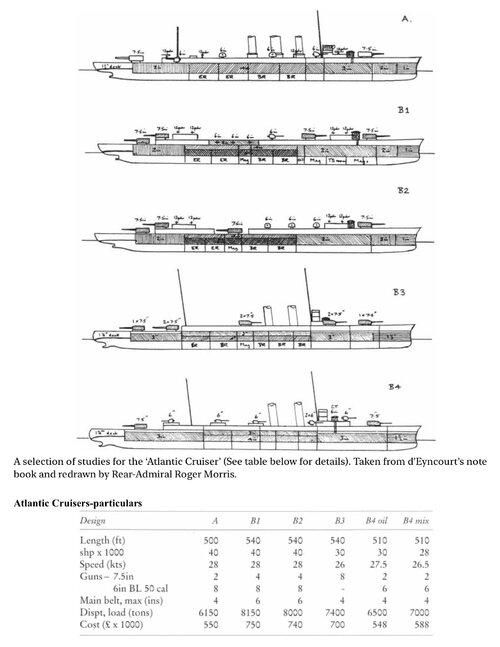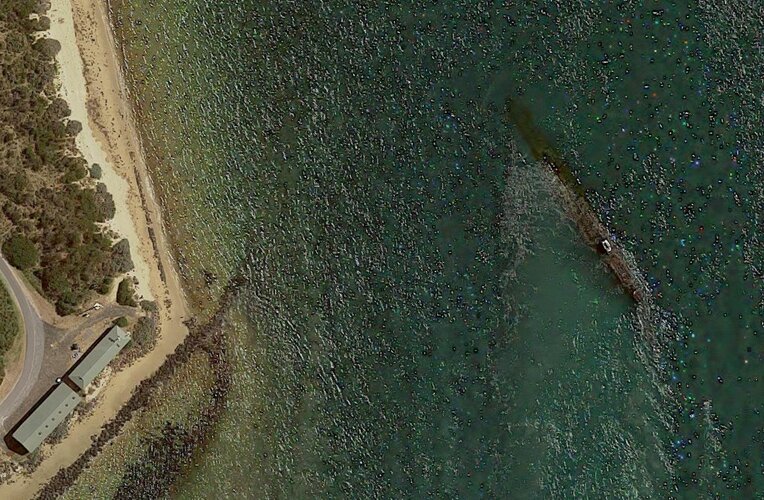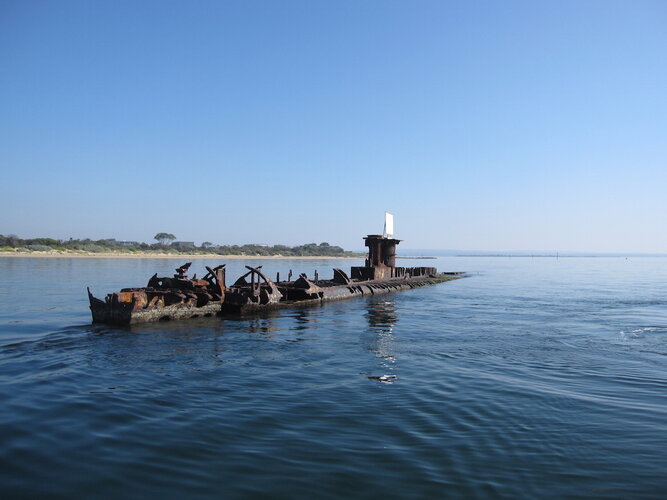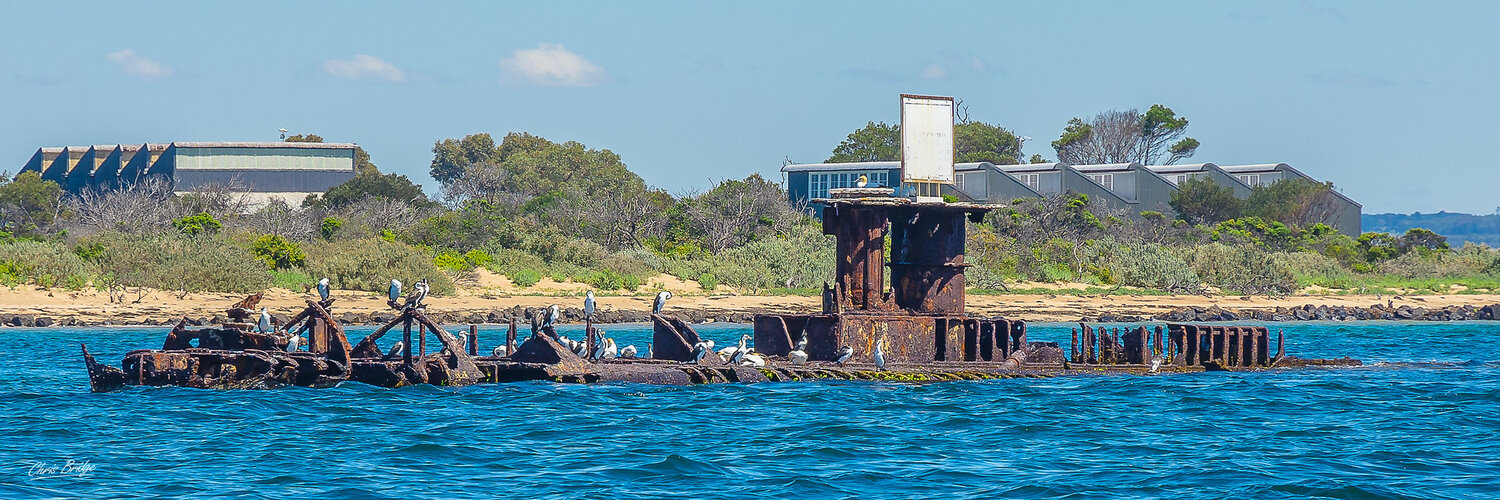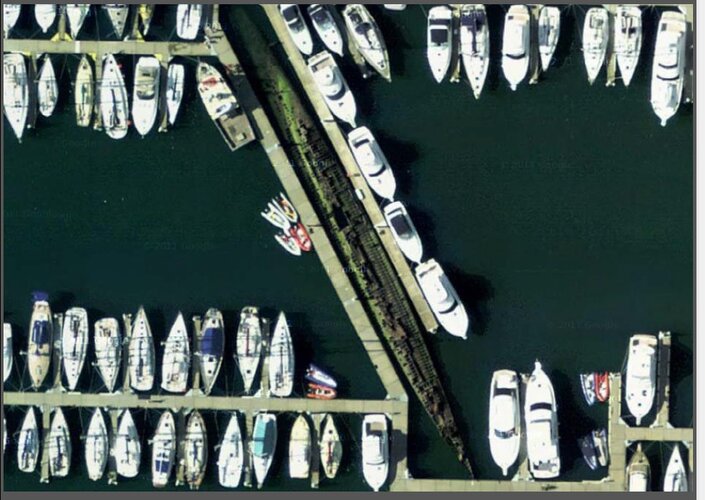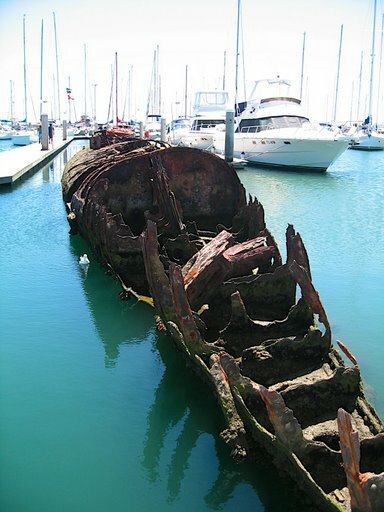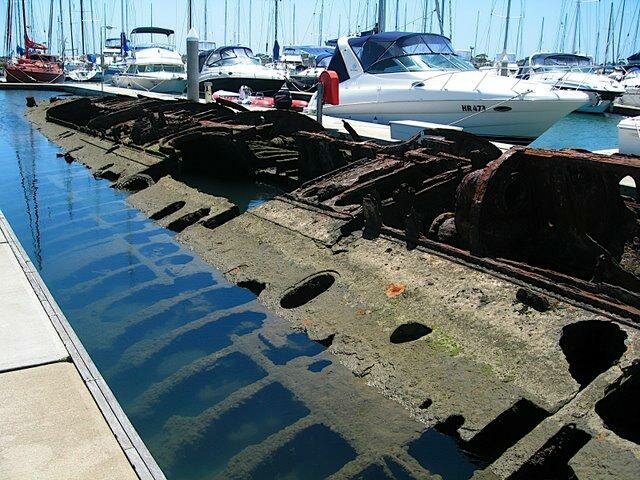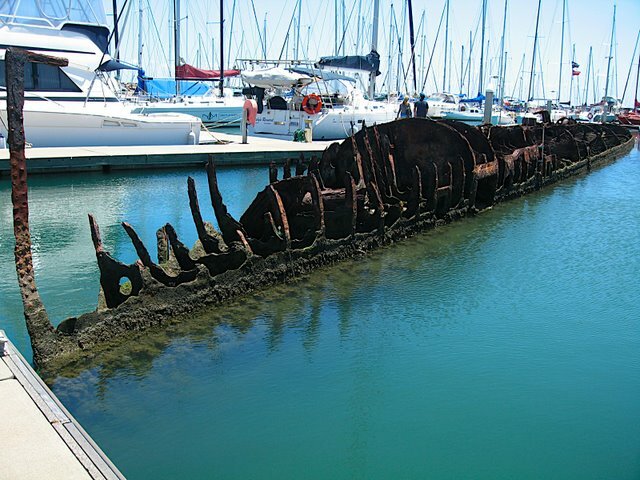Part of Post 134.
If we are going to push alternate histories here, then with Oberon_706's indulgence, let's at least give something to Australia that would actually be useful. Hard-hitting battlecruiser HMS Tiger is better discussed in its own existing thread. NOMISYRRUC's charts above show that the Royal Australian Navy retained no submarines after 1930 when the last J-class and Odin-class subs were disposed of, which is curious. In real life Australia will have no subs from then until the Oberon class starting in the late 1960's. USN, British, and Dutch submarines operated successfully against Japanese targets from Australian bases; e.g. Fremantle and Exmouth. In our counterfactual history, with the benefit of hindsight, how about giving the RAN some subs, either after Pearl Harbor or in the immediate prewar years, when the looming threat to Australia meant purse-strings were being loosened? Submarines would be of greater value to Australian defense than an old and brittle capital ship.
If it was up to me I'd make maintaining a force of 12 destroyers my top priority.
However, the entry on the HMAS Platypus (I) on the RAN website says some things of interest
HMAS Platypus was built to the order of the Australian Government. After completion in March 1917 she passed to the control of the Admiralty until 25 March 1919 when she was commissioned into the Royal Australian Navy at Portsmouth, under the command of Commander Edward Boyle VC RN, as a Submarine Depot Ship for six J Class submarines transferred as a gift from the Admiralty to the Royal Australian Navy.
Platypus sailed from Portsmouth on 8 April 1919 and with the submarines in company proceeded to Australia via the Suez Canal, arriving in Sydney on 15 July 1919.
In February 1920 Platypus proceeded to Port Phillip where a Submarine Depot had been established at Geelong. In May 1922 the Naval Board decided to abandon the policy of maintaining a Royal Australian Navy Submarine Service. The three J Class boats remaining in commission were paid off, and on 1 July 1922 Platypus proceeded to Sydney. On 12 July at Sydney she paid off as a Submarine Depot Ship and on the following day recommissioned as a Destroyer Depot and Fleet Repair Ship. Operating with the Fleet, mainly in home waters, she served in this role until 1929.
Meanwhile, in 1924, a Five Year Naval Development Programme had been approved by the Australian Government, which included the re-establishment of a Royal Australian Navy Submarine Service with a flotilla of six boats.
Two Royal Navy Odin Class submarines were initially ordered. Named Otway (I) and Oxley (I), the submarines reached Sydney on 14 February 1929. Platypus returned to Sydney from a cruise in Queensland waters the following day. She paid off on 31 March 1929 to recommission in her former role as a Submarine Tender.
The reconstituted Royal Australian Navy Submarine Service suffered from the outset from the world wide naval retrenchments beginning in 1929. On 10 May 1930 Otway (I) and Oxley (I) were paid off into Immediate Reserve with provision for one day diving exercises per fortnight each boat. As a result it was decided to use Platypus as a Depot Ship at Garden Island, acting also as parent ship for the submarines.
Platypus paid off on 15 August 1929 and the following day commissioned as HMAS Penguin. In April 1931 Otway (I) and Oxley (I) were transferred to the Royal Navy.
Platypus continued in service as the Depot Ship at Garden Island, Sydney, under the name of Penguin until 26 February 1941 when she recommissioned as HMAS Platypus to resume seagoing service as a training ship.
Royal Australian Navy

seapower.navy.gov.au
Although the entries on each and every J class submarine on the RAN website says that the entire class was paid of on 12.07.22. Five boats (J.1 to J.5) were sold in 1924 and sunk in 1926. However, J.7 wasn't sold until 1929 and was sunk in 1930.
The RAN website's entries for Otway and Oxley say they commissioned in 1927, but they didn't said for Australia until 15.11.28 and arrived at Sydney on 14.02.29. The entries also say that Otway and Oxley paid off into Reserve on 10.05.30, alternating with each other once weekly for diving exercises. Otway and Oxley paid off on 09.04.31 for transfer to the Royal Navy, commissioning as HMS Otway and HMS Oxley on 10.04.41. They sailed from Sydney (for Malta) on 29 .04.31.
So, first don't pay off the J class of in 1922 and keep them in commission until they can be replaced by the 6 new submarines in the five-year development programme of 1924. Otway and Oxley would be built as IOTL, but would be followed by 4 Odin class ordered in 1926, laid down in 1927 and completed 1929-30.
The spending cuts resulting from the Depression would force the RAN to pay off all 6 boats would be paid off in 1930, but they wouldn't be transferred to the RN in 1931. Instead all 6 ships would recommission over the course of the 1930s as the Australian economy recovered and go on to have distinguished war records.
Except, the First London Naval Treaty (which Australia signed) limited the British Commonwealth (of which Australia was part) to 52,700 tons of submarines. Although, that target did have to be reached until the end of 1936. IOTL the British Commonwealth had 57 submarines of 47,859 tons on 22.04.30 (the day the Treaty was signed) plus another 17 of 22,090 tons building, on order or authorised. It actually had 52 of 52,959 tons on 31.12.36 plus another 14 of 14,495 tons building, on order or authorised.
The Odin class displaced 1,475 tons so 4 of them with a combined displacement of 5,900 tons and would increase the British Commonwealth's total at 22.04.30 to 61 boats of 53.759 tons. Almost exactly what the Treaty allowed.
However, that would increase the total on 31.12.36 to 56 boats of 58,859 tons, which is about 5,000 tons more than Treaty allowed. Therefore, Britain would have to cut its own submarine force to remain within Treaty limits.
And there's how they would be employed in wartime. The O-to-R classes of submarines (of which the TTL RAN submarines would be a part) were intended to defend Singapore from the Japanese. Except that when war was declared they all transferred to the Home and Mediterranean Fleets where many were sunk and none were available to defend Singapore at the end of 1941. That's very likely to be the fate of the RAN's submarine force ITTL.

